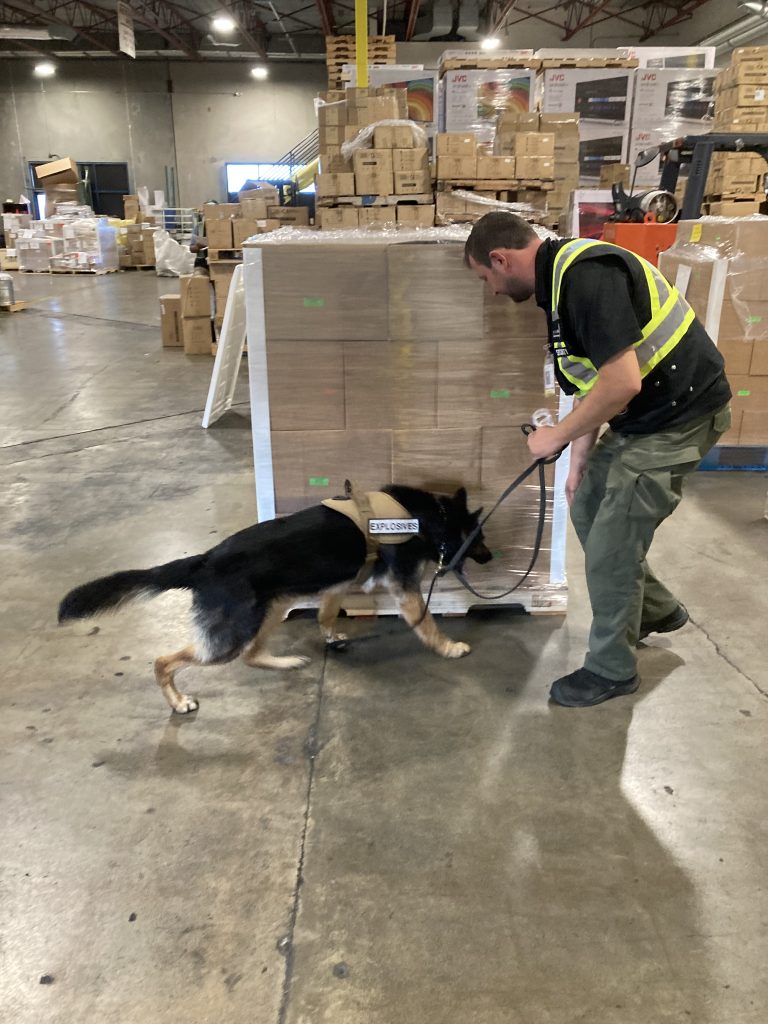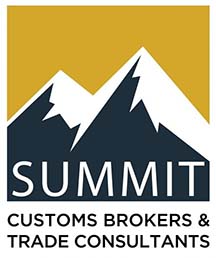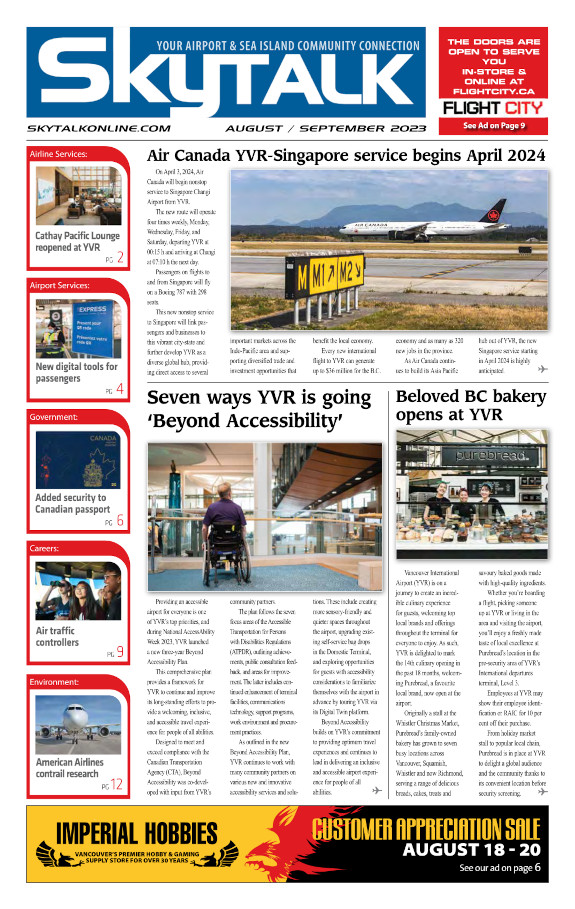Preparing for regulatory security inspections can be challenging or even nerve-wracking in the context of Canada’s Air Cargo Security Program.
Program members often search for guidance to manage their administrative responsibilities, which are within the program’s legislative security requirements—particularly guidance on preparing for a government oversight regulatory security inspection.

During inspections, program members must demonstrate how they meet legislative security requirements while having to produce a plethora of corresponding administrative record-keeping documents. With government and private sector hands-on experience in air cargo security, we have established the following best practices to help program members such as regulated agents, certified agents, known consignors, and cargo security coordinators prepare for future regulatory security inspections.
Master Inspection File (Binder): Create one with a table of contents, centralizing all required documentation for a regulatory security inspection in one location. Doing so facilitates a seamless process for producing the required documentation on demand and without hesitation during inspections.
Pre-Inspection Verification Check: Doing this for the Master File will also affirm that you have all the necessary record-keeping and other required information ready for inspections, ensuring all documents are accurate and complete.
Security Zones: Visually establishing security zones demonstrates that you have access control of your operational environment while providing an ambiance of a favourable security posture. Examples of security zones are:
- Reception Zone (a public area within your facility where visitors are received)
- Operations Zone (employee-only areas within your company)
- Security Zone (such as your warehouse where air cargo shipments are handled and stored)
- High-security zone (where air cargo screening takes place and where secure cargo is stored)
Security Signage: Display throughout your facility, marking each established security zone. The signage visually identifies one zone from the other and is a psychological barrier for employees and visitors.
Air Cargo—Employee Security Education & Awareness Bulletins: Provide these quarterly, highlighting one or two air cargo security responsibilities. Als, include them in team meeting agendas and post them on health and safety boards or in the employee lunchroom for high visibility and easy access, demonstrating a continuous learning environment.
Security Incident-Emergency Response-Flash Card Lanyards: Provide miniature flash cards to guide immediate actions in response to a security incident and help ACR staff avoid forgetting essential information. The cards should be laminated and attached to a lanyard, allowing employees immediate access to emergency response procedures and contact information while on duty.
Canada’s Air Cargo Security Program holds its members to the highest standards in aviation security, safeguarding the travelling public and the aviation industry. Therefore, program members and cargo security coordinators should embrace a regulatory security inspection as a free audit of their air cargo security operations and practices.
Being adequately prepared and organized for a regulatory security inspection alleviates stress and promotes self-confidence, with the overall inspection process ultimately viewed as a positive learning experience.
Kevin Haggerty, CD, is a Principal Partner at Haggerty & Associates. He is a former Transport Canada Air Cargo Security Inspector. Since 2006, he has worked within Canada’s Air Cargo Security Program. He may be reached directly at 778-870-1920.






